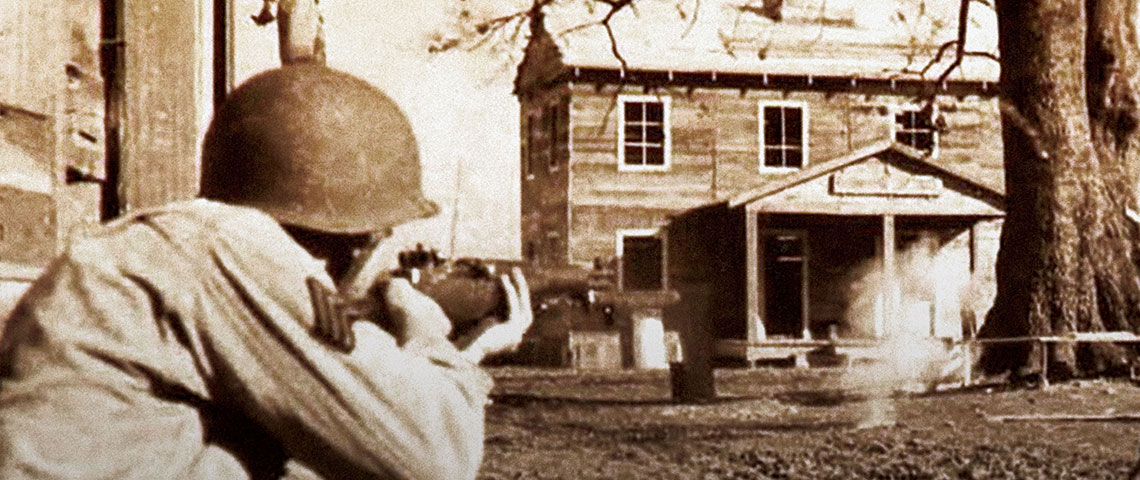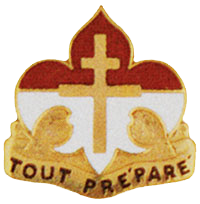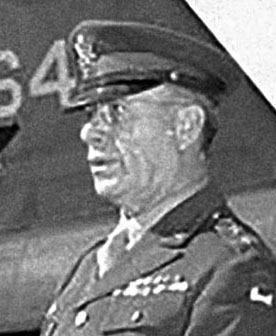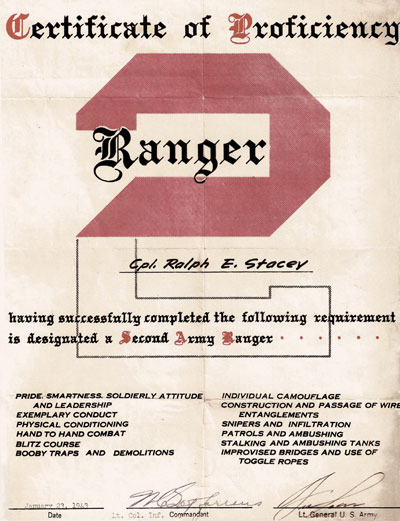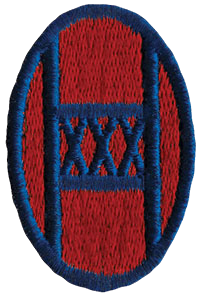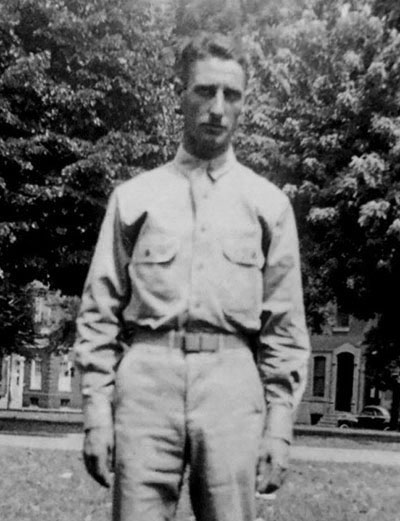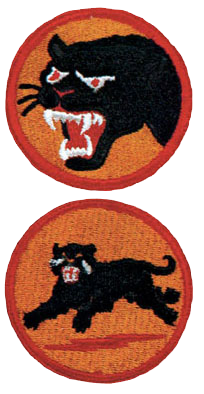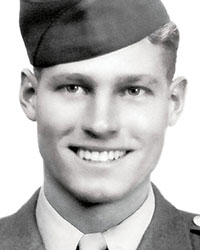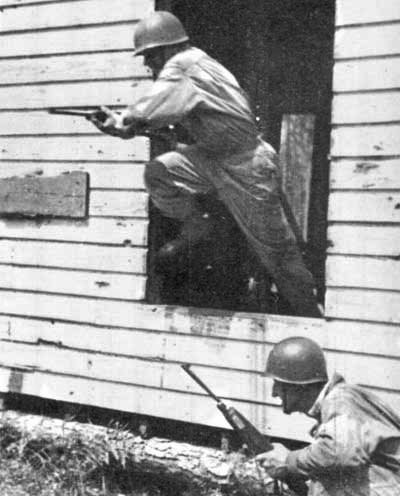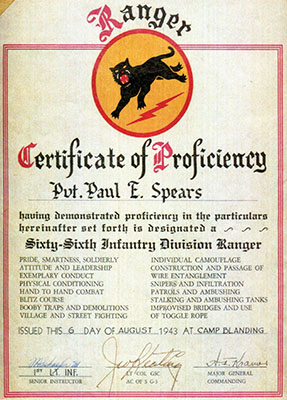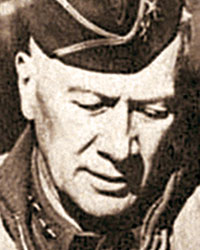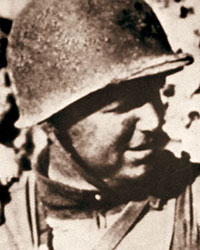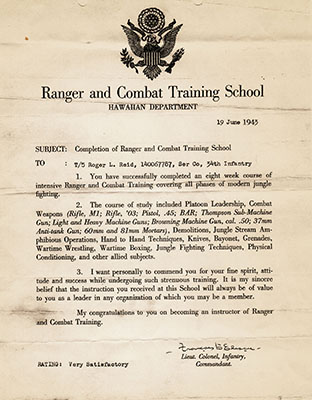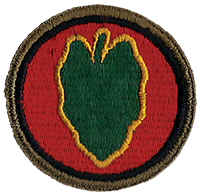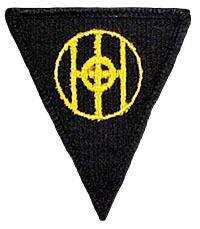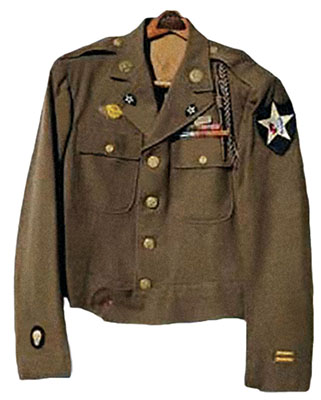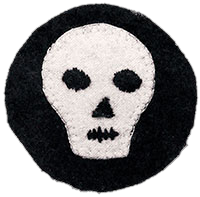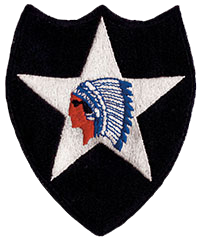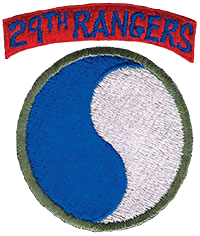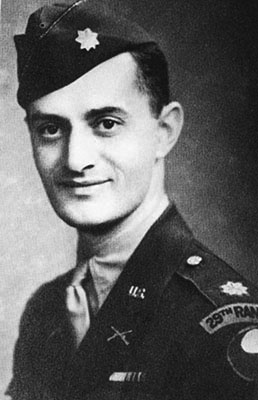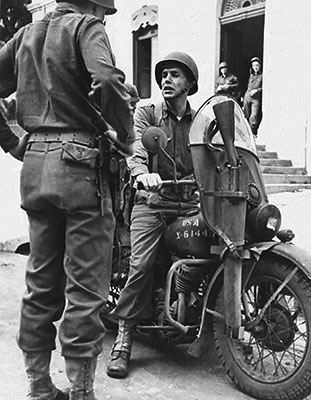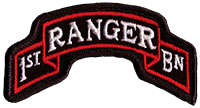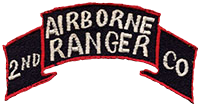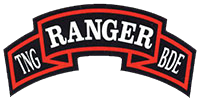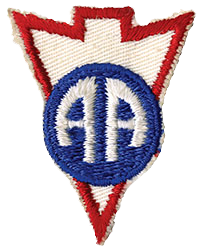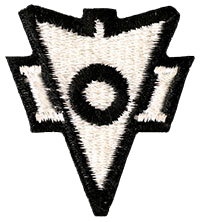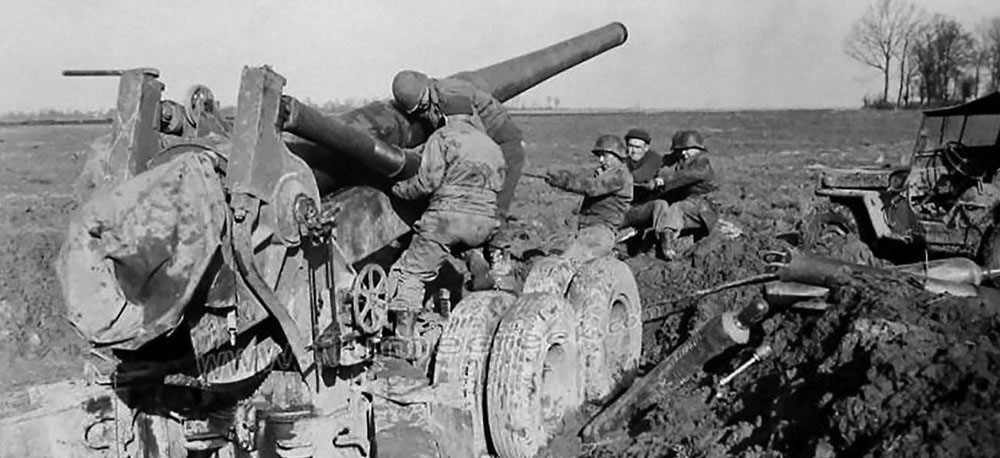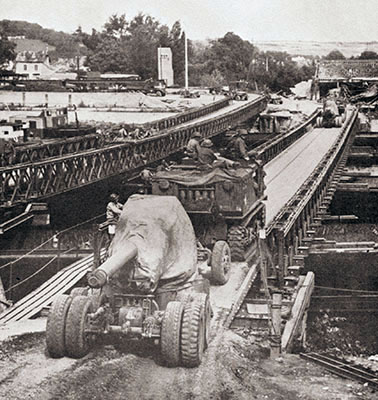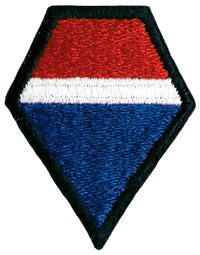“We are here to toughen men for dirty work,”— LTG Ben Lear, Second U.S. Army commander
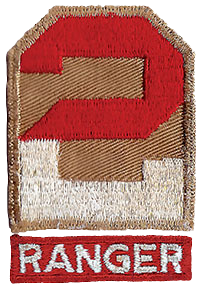
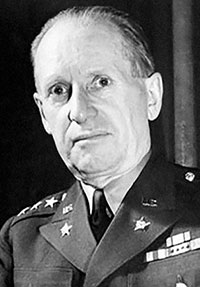
The purpose of this article is to explain the mission of the short-lived Second U.S. Army Ranger School at Camp Nathan Bedford Forrest, Tullahoma, Tennessee, its divisional ‘Ranger’ training philosophy, and selected divisional programs. Two early postwar Army Ground Forces (AGF) studies, A History of the Second Army and The Amphibious Training Center, some WWII commemorative division histories, interviews of ‘Ranger’ veterans, and official records form the foundation of this article.5 General Lear was determined to employ realistic, hard combat training to develop physically tough small unit leaders. That philosophy is embedded in today’s Ranger School.6
In the months following the sneak attack on Pearl Harbor, the United States had to mobilize for war and the War Department had to organize, equip, and train a moribund military to fight and defeat combat-hardened Japanese, German, and Italian forces across the world. The Second U.S. Army, one of four field training armies, was to prepare a million men in units ranging from division to battalion for war. Division commanders, facing severe resource constraints, focused on toughening soldiers, physically and mentally, for ground combat. That could be done ‘on the cheap.’ Second Army’s strong, no nonsense leader, General Lear, set about ‘steeling his troops’ for the rigors of battle. He expanded upon the directives of LTG Leslie J. McNair, the Army Ground Forces (AGF) commander, for live-fire ‘battle inoculations,’ obstacle courses, and street fighting in different environments to build tough junior leaders (officers and sergeants).7
In the Louisiana Maneuvers held in the fall of 1941, General Lear commanded the Red Army (Second U.S. Army) against LTG Walter Krueger’s Blue Army (Third U.S. Army). Lear had been very displeased with the field performances of his senior commanders and all officers in general. He was disgusted with the poor physical stamina of the infantrymen.8
“We are scratching the bottom of the barrel now for officer candidates. We are decidedly short of noncommissioned officer leaders. We will pay for this dearly in combat.”— LTG Ben Lear wrote in a letter to LTG Leslie J. McNair, AGF commander, 22 October 19429
The Second Army commander set about remedying these problems with the middle Tennessee maneuvers in the summer of 1942 and by establishing a Ranger School at Camp Forrest, Tennessee. He moved a corps headquarters to Camp Forrest to support both and relocated the Second Army from Chicago to Memphis to be personally involved. “We are here to toughen men for dirty work,” commented LTG Lear on his decisions.10
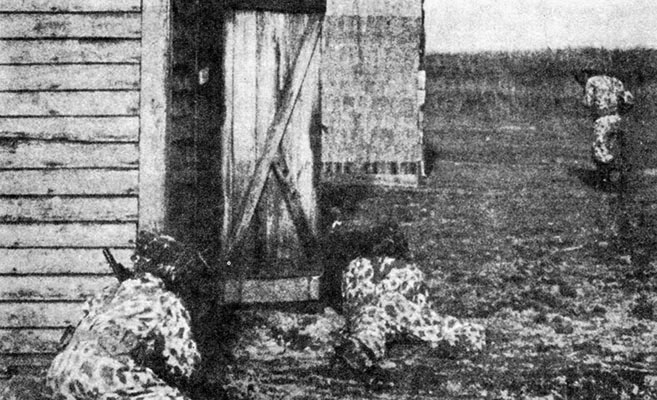
The Second Army leader agreed with William J. Donovan, the founder of the Office of Strategic Services (OSS), that to ‘rekindle the spirit of the attack’ meant resurrecting historical traditions of fighting—scouts, raiders, and rangers.11 Lear believed that American soldiers must learn to fight dirtier than the enemy and be versatile in their techniques—they had to be adept in the ‘art of killing.’12 After observing Marine close combat fighting tactics at Camp Pendleton, California, and touring the Tank Destroyer Center at Fort Hood, Texas, LTG Lear incorporated training aspects from both and first hand battle reports to better Army ground combat fighters—its infantrymen. The architect for the Second Army Ranger School was Assistant G-3, Colonel (COL) John B. Sherman.13
By early fall 1942, the G-3 (Operations & Training) had produced a two-week course of instruction acceptable to LTG Lear, who was deeply involved as the ‘chief umpire’ in the middle Tennessee maneuvers. In early December 1942, the Second Army and Central Defense Zone commander personally sent out 600 Ranger School quotas to his division commanders. Those men sent to Camp Forrest for Ranger training were to be the most intelligent and physically fit infantry and artillery lieutenants, corporals and sergeants from their divisions.14
The purpose of the school was “to train instructors in rough-and-tumble fighting tactics and in special techniques” to bring soldiers to an emotional and physical state that would assure successful performance on the battlefield. Once these men understood why they were fighting, the Ranger classes would teach them how to fight most effectively. The division personnel would return to their units to teach Ranger fundamentals to their comrades.15
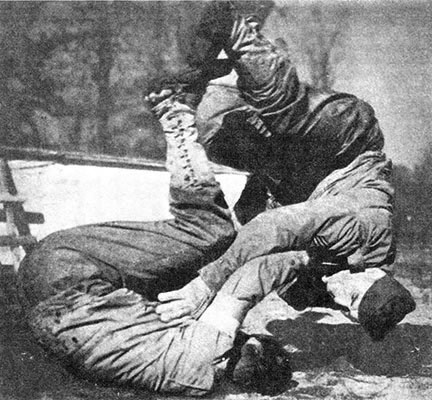
Infantry Lieutenant Colonel (LTC) William C. Saffarans and his cadre, wearing Marine Corps camouflage utility (fatigue) uniforms to set them apart, drilled the hand-selected junior officers and non-commissioned officers (NCO) using Marine combat training methods.16 The small unit ‘Ranger’ trainees practiced ‘hands on’ before being tested on physical conditioning, hand-to-hand combat skills, bayonet fighting, and combat marksmanship during ‘blitz training’ (immediate action live fire drills). Sniping and infiltration, camouflage, wire obstacles, mines and demolitions, and improvised tank killing were all part of individual training.17 According to LTG Lear, Ranger instruction decidedly improved “alertness, smartness, aggressiveness, esprit,” and stimulated interest in field training.18
Days started and ended with speed marches. Squads of ‘Rangers’ did ambushes, patrols, stream crossings, and urban street fighting day and night. Though the swimming and small boat practice in Commando training was absent, it was realistic, demanding tactical training ‘on the cheap.’ The German ‘village’ consisted of building facades—basic mock-ups with open windows and doors and simple indoor stairs to second levels. To add realism the mines, booby traps, and explosive devices were makeshift, field expedients built with TNT and dynamite. The ‘Rangers’ who completed the course were to epitomize the creed of ‘Rangerism’—tougher and nastier than the enemy—and were made responsible for spreading that mindset in their units.19
On 23 January 1943 the first class of Ranger instructors put on a spectacular ‘art of killing’ demonstration for the AGF commander, LTG McNair, LTG Lear, local government dignitaries, and newspapermen from Washington, DC (Army Times), Memphis (Commercial Appeal), and Chattanooga (News-Free Press). “The climactic spectacle was a raid upon a mock German town, featured by the use of live ammunition.” Half of The Army Hour broadcast two days later was devoted to a sound-enhanced reenactment of the highlights.20 The second Ranger School was held in February.
